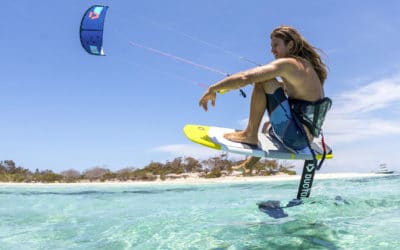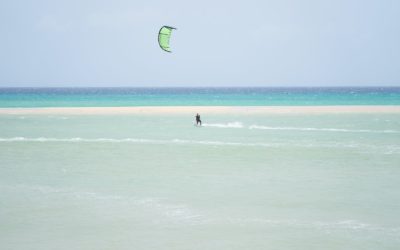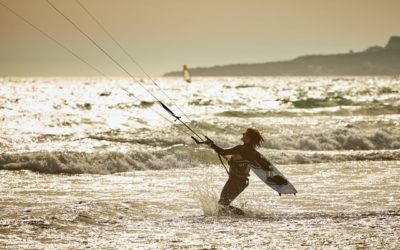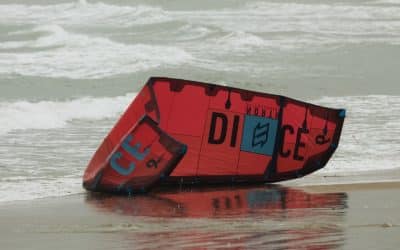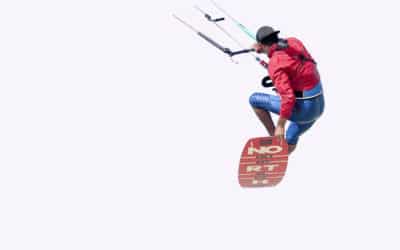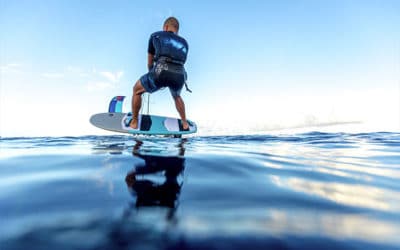How to launch your kite in kitesurf?
One of the most important steps in kitesurfing is of course the flight. And this cannot be improvised. It is therefore essential to know how to proceed to take off and make the most of your kitesurfing session. We are now going to introduce you to the most common practices to take off your kite and allow you to fly in the best conditions.
A few things to know before taking off
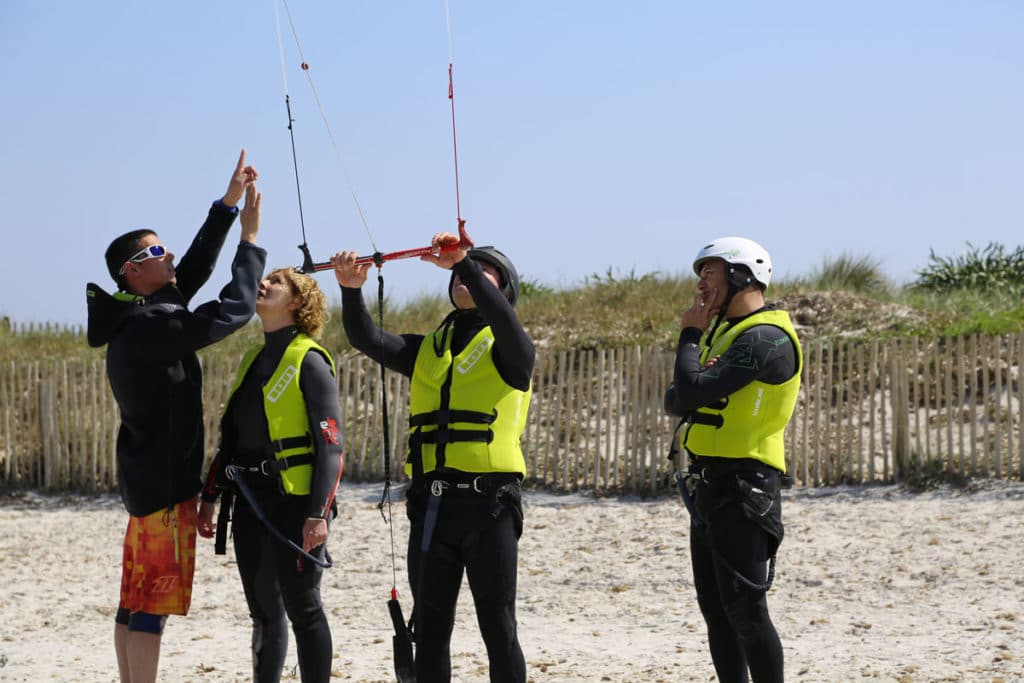
Kitesurfing, This is most often done at the start of the beach. But this area is often occupied by other people. It is therefore essential to pay attention to others when taking off to avoid accidents.
Do not place yourself anywhere to take off. It is important to position your board at the water’s edge. This way, you have direct access to the water and can better control your kite.
Do not hesitate to ask for help. There are two times to take off: 9am and 3pm. This operation should be done at the edge of the window for even more ease.
Take off with a kitesurfing instructor
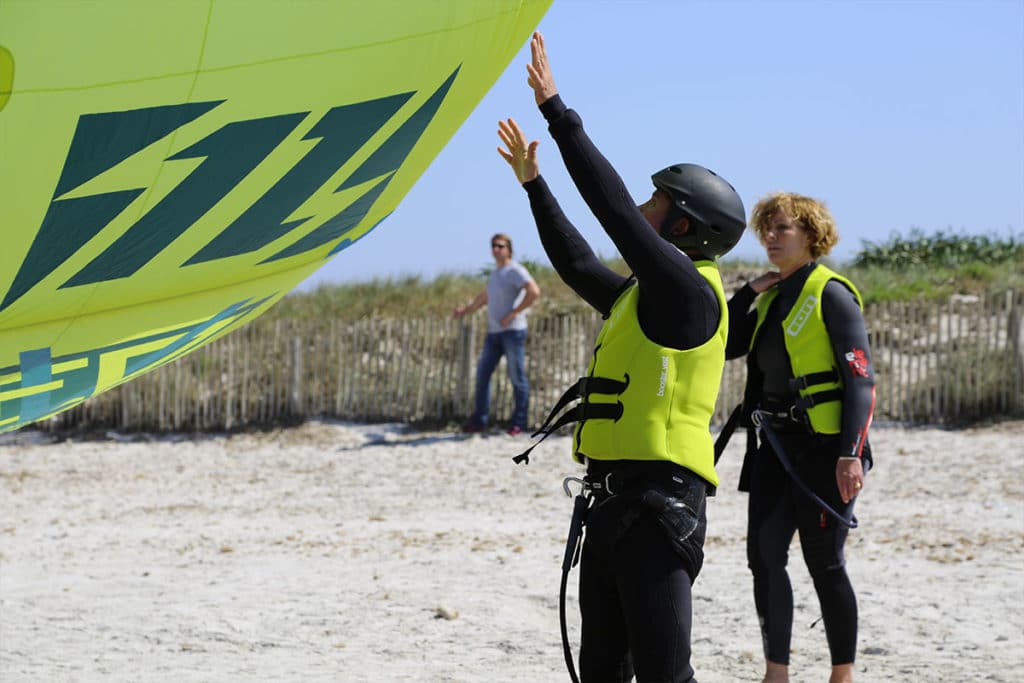
Last check: make sure the lines are tight. Take a look at the connections (including the leash) and the clarity of the lines.
Now it’s time to turn on the power. The lines must be kept taut throughout this process. Keep an eye on the spinnaker.
It is time to move into the wind. When the spinnaker starts to inflate, it means that the kite is starting to enter its flight window.
Continue to move into the wind for a few inches. At the same time, pull back on the back hand. Do not forget to signal to your assistant that it is time to release the wing. The assistant should not throw the kite in the air and should not move. Stay responsive and keep your front hand ready to intervene in case of danger.
If you feel the kite stalling due to an irregular wind, for example, you should move into the wind without delay. This will allow you to re-tension your lines. If you have not reacted in time, activate the safety system to release the kite and avoid accidents.
Flying alone in a kitesurf
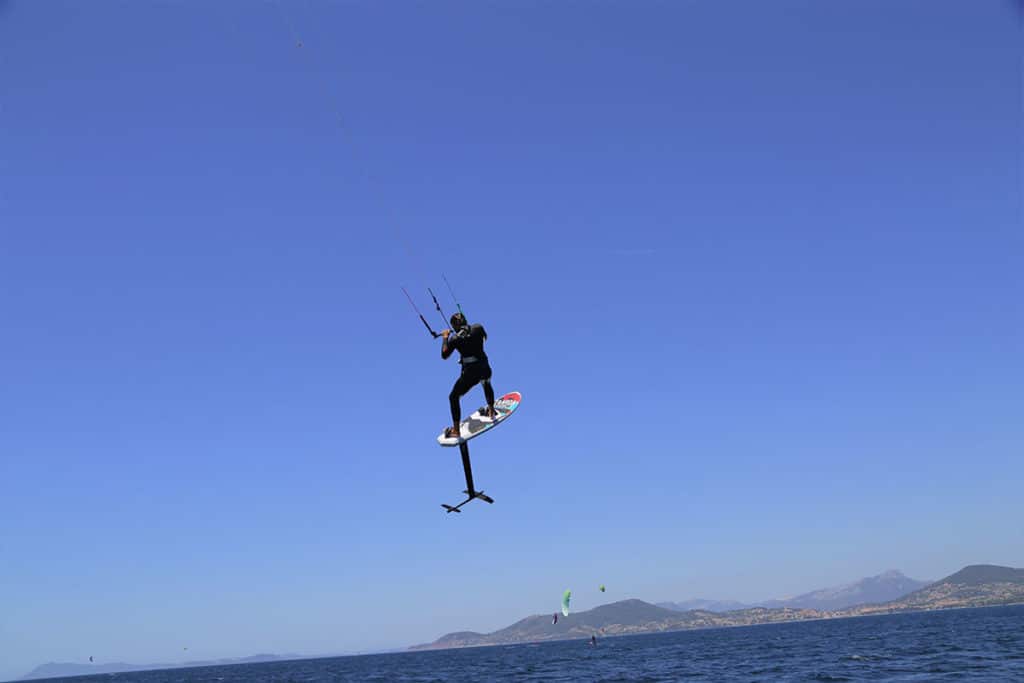
The first technique is to create an anchor point using a kite hook. This accessory allows you to take off independently by creating a fixed point on the beach. To use it, simply dig a hole and place the kite hook in it before covering it. Make sure that the carabiner comes out well. This is where you can attach your chicken loop and also place your kite at the edge of the flight window easily and perpendicular to the wind.
It is a very practical accessory, but you have to remember that you will have to land where you took off to get it back once your session is over.
You can also use a lanyard or a secondary kite leash to take off alone. This is recommended if you do not wish to land at the place from which you took off. Having a piece of rope with a carabiner is always useful. This allows you to attach your board anywhere and anytime, to tow another rider in difficulty and also allows you to take off without needing another person. All you have to do is tie your rope to an anchor point on the beach and then proceed to take off like with a kite hook.
The last solution to take off alone is to use the flight window. If you have mastered this concept, you can take off alone. A good placement gives you the possibility to tip and launch your kite. However, this technique requires space to fully unfold your lines.
Come and discover our improvement kitesurfing lessons on the bay of Almanarre to learn to become autonomous with your kite.
Search
Catégories
Recent Posts
Suivez-nous !
